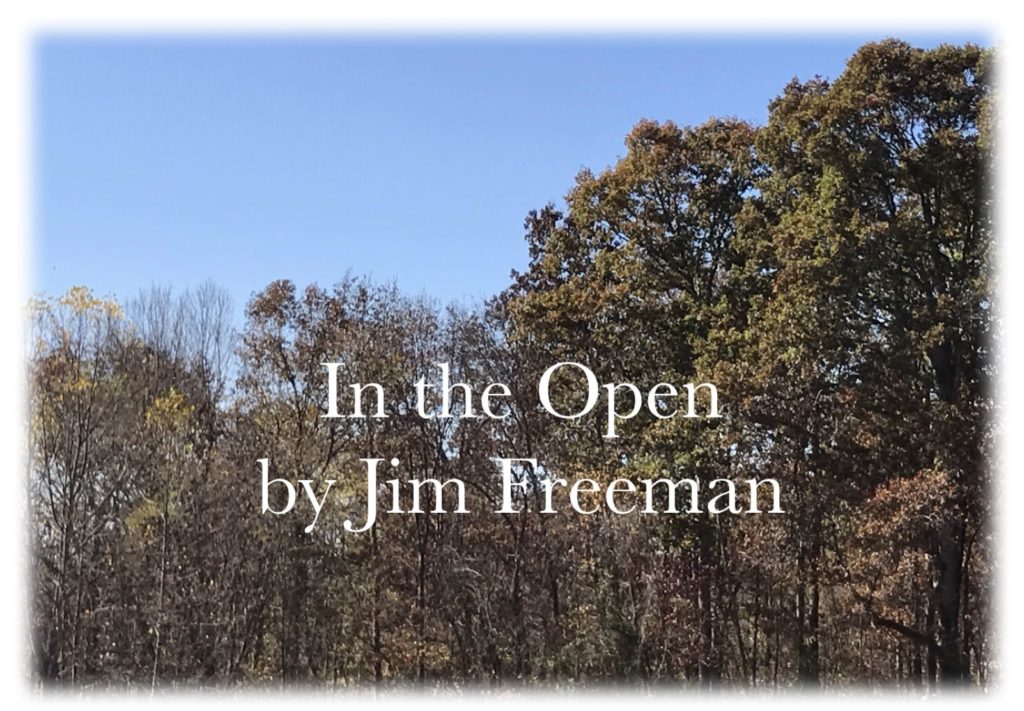In the Open: Wishing you an awful Groundhog Day

A groundhog. Ohio Department of Natural Resources Image.

In the Open: Wishing you an awful Groundhog Day
Happy Groundhog Day; I hope it’s awful.
You probably know Groundhog Day, Feb. 2, as the day that the groundhog (aka woodchuck, Marmota monax, whistle pig) emerges from its hole. Presumably, if it sees its shadow, it is frightened and retreats into its hole, thereby ensuring another six weeks of winter.
Undoubtedly the most famous groundhog in the world is Punxsutawney Phil. Phil has been prognosticating the weather in Punxsutawney, Penn. since 1886, which is incredible considering groundhogs have a life expectancy of 14 years at best.

I read with some amusement the other day that a certain animal rights organization was suggesting that the Phil be replaced by a robot. Not that I agree with this group’s position, but replacing the groundhog isn’t necessarily the most horrible idea.
That’s because, as it turns out, large rodents aren’t very good weather predictors, according to some the groundhogs are more inaccurate than random chance would dictate, meaning you would be better off to take the groundhog’s prediction and assume it will be the other way. Tossing a coin, heads or tails, statistically would give you a better result. Furthermore, groundhogs aren’t the exclusive weather animal.
Have you ever considered the history of Groundhog Day? Groundhog Day to me is one of those weird holidays, sort of like Halloween, that really doesn’t seem to make any sense. People don’t get the day off work for it, so what’s the point?
If you didn’t know any better, you would think Groundhog Day started in late nineteenth century Pennsylvania, but the roots of this semi-holiday go a lot further back than most of our actual holidays.
Historically Groundhog Day is linked to Candlemas, an old Christian holiday that officially ended the Christmas/Epiphany season, and involved priests blessing the candles that were used to light peoples’ homes. Candlemas was held 40 days after Christmas, which coincides with Feb. 2. Traditionally Candlemas marked the day that people would remove their Christmas decorations. Also, clear weather on Candlemas was said to foretell a prolonged winter – no divining varmint required.
Going back a little further, Groundhog Day was linked to St. Brigid’s Day, and then further back in time to the Gaelic traditional festival of Imbolc, itself a pagan festival tied to the goddess Brigid that corresponded with the halfway point between the winter solstice and the vernal equinox – generally February 1. It was observed in many specific ways, but in short it was a celebration of the lengthening days, and a time to look for early signs of spring.
Imbolc was traditionally a time of weather divination (Starting to see the connection?) and people would watch to see if snakes or badgers would come out of their winter dens. Legend had it that the “divine hag” (What woman wouldn’t want to have that title?) would come out on that day to collect firewood for the rest of the winter, and if she wanted winter to last longer she would make sure that the weather was good for firewood collecting, therefore if it was nice outside on that day, people believed that winter would last longer. Ideally then, Imbolc would be a crummy day which meant that winter was almost over.
Flash forward a couple of millennia, and the Divine Hag, or Cailleach, has been replaced by the simple woodchuck, but the concept is the same – clear skies on Feb. 2 mean spring is still a way off.
In early Germanic traditions the animal was a badger, however the original animal was supposedly a bear. I think a hungry bear emerging into a crowd would be far more interesting than a woodchuck, real or robotic.
While I don’t believe in this folklore, I will play it safe and hope that your Groundhog Day, Candlemas, St. Brigid’s Day, or Imbolc is a crummy one!
Jim Freeman is a conservation technician for the Meigs Soil and Water District. He can be contacted weekdays at 740-992-4282 or at [email protected]






